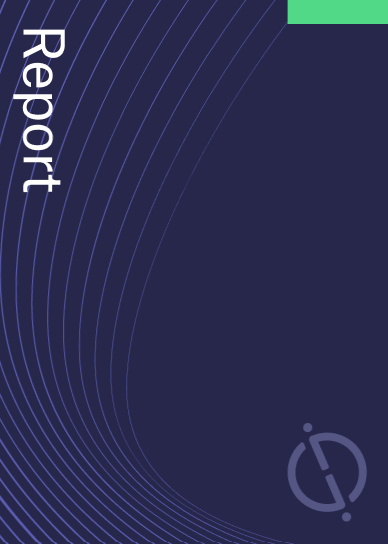The aerospace and defence industry continues to be a hotbed of innovation, with activity driven by the increasing capability and applicability of drones, coupled with falling costs, and growing importance of technologies such as quadcopters, drone modularisation, and HAPS. In the last three years alone, there have been over 174,000 patents filed and granted in the aerospace and defence industry, according to GlobalData’s report on Drones in Aerospace, Defence & Security: Solar powered electric aircraft. Buy the report here.
According to GlobalData’s Technology Foresights, which uses over 262,000 patents to analyse innovation intensity for the aerospace and defence industry, there are 180+ innovation areas that will shape the future of the industry.
Solar-powered electric aircraft is a key innovation area in drones
Solar-powered drones, commonly referred to as High Attitude Platform Systems (HAPS), are an emerging segment of the aerospace market. HAPS are stratospheric drones that commonly rely upon solar power to stay aloft for very long periods.
GlobalData’s analysis also uncovers the companies at the forefront of each innovation area and assesses the potential reach and impact of their patenting activity across different applications and geographies. According to GlobalData, there are 20+ companies, spanning technology vendors, established aerospace and defence companies, and up-and-coming start-ups engaged in the development and application of solar-powered electric aircraft.
Key players in solar-powered electric aircraft – a disruptive innovation in the aerospace and defence industry
‘Application diversity’ measures the number of different applications identified for each relevant patent and broadly splits companies into either ‘niche’ or ‘diversified’ innovators.
‘Geographic reach’ refers to the number of different countries each relevant patent is registered in and reflects the breadth of geographic application intended, ranging from ‘global’ to ‘local’.
Patent volumes related to solar-powered electric aircraft
Source: GlobalData Patent Analytics
Boeing is one of the leading patent filers in solar-powered UAVs. Through its subsidiary, Aurora Flight Sciences, the company is developing the Odysseus High Altitude Platform System (HAPS), which is a long-endurance high-altitude unmanned platform. The platform is intended to provide persistent ISR and communication services to military, civil, and commercial customers. Other key patent filers include AeroVironment, SoftBank and Airbus.
In terms of application diversity, Boeing leads the pack. AeroVironment and Safran stood in second and third positions, respectively. Regarding geographic reach, BAE Systems held the top position, followed by EADS and Safran.
Solar-powered UAVs are a promising new segment of the aerospace market, with applications ranging from persistent ISR in border and maritime patrol, to providing secure communication bubbles in defence contexts, to enhancing broadband in remote areas and in areas of great demand. As the systems rely upon solar power, they do not need to carry power sources with them, allowing them to stay aloft for very long periods. Groups such as the HAPS Alliance are actively pushing to develop standards and regulations globally to facilitate the rollout of a HAPS market.
To further understand how drones are disrupting the aerospace and defence industry, access GlobalData’s latest thematic research report on Thematic Research: Drones in Aerospace and Defense.
Data Insights
From

The gold standard of business intelligence.
Blending expert knowledge with cutting-edge technology, GlobalData’s unrivalled proprietary data will enable you to decode what’s happening in your market. You can make better informed decisions and gain a future-proof advantage over your competitors.



